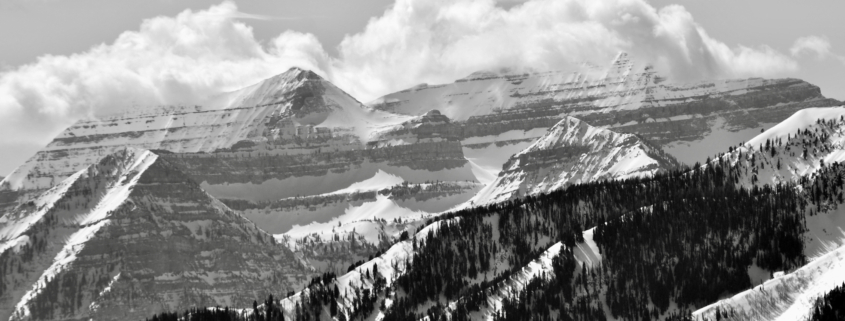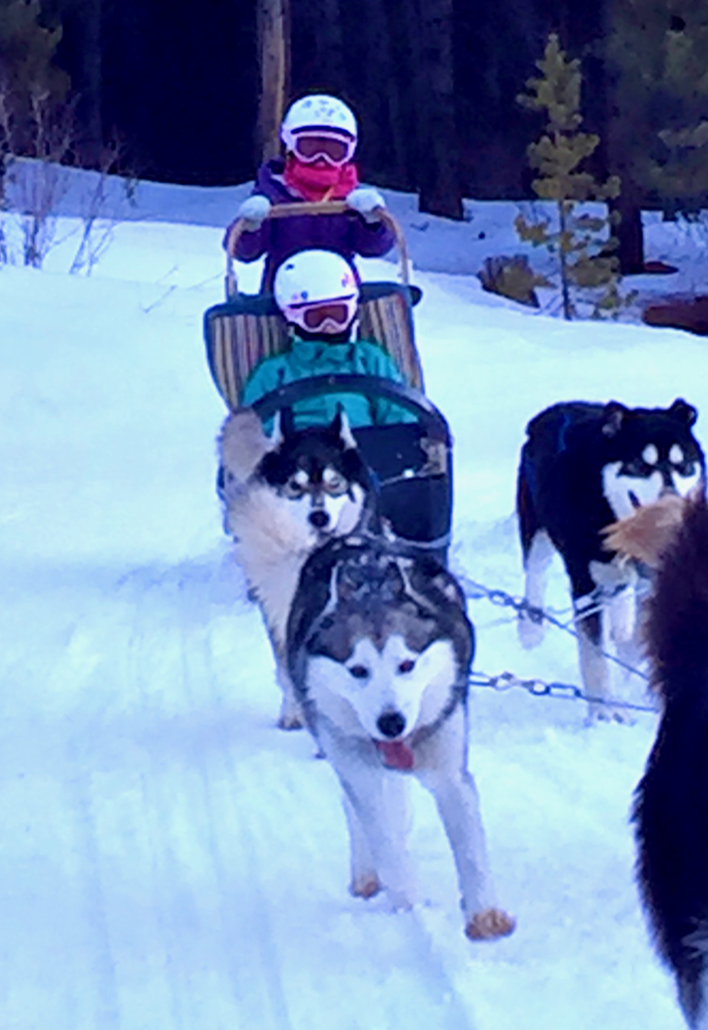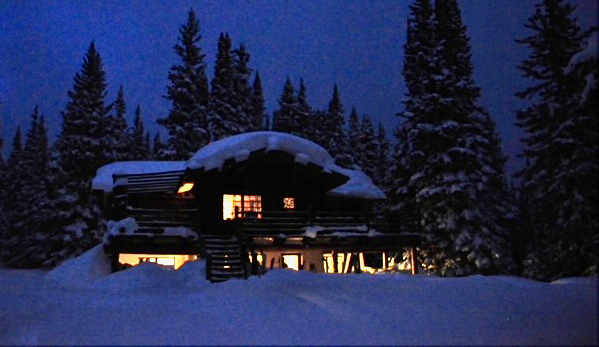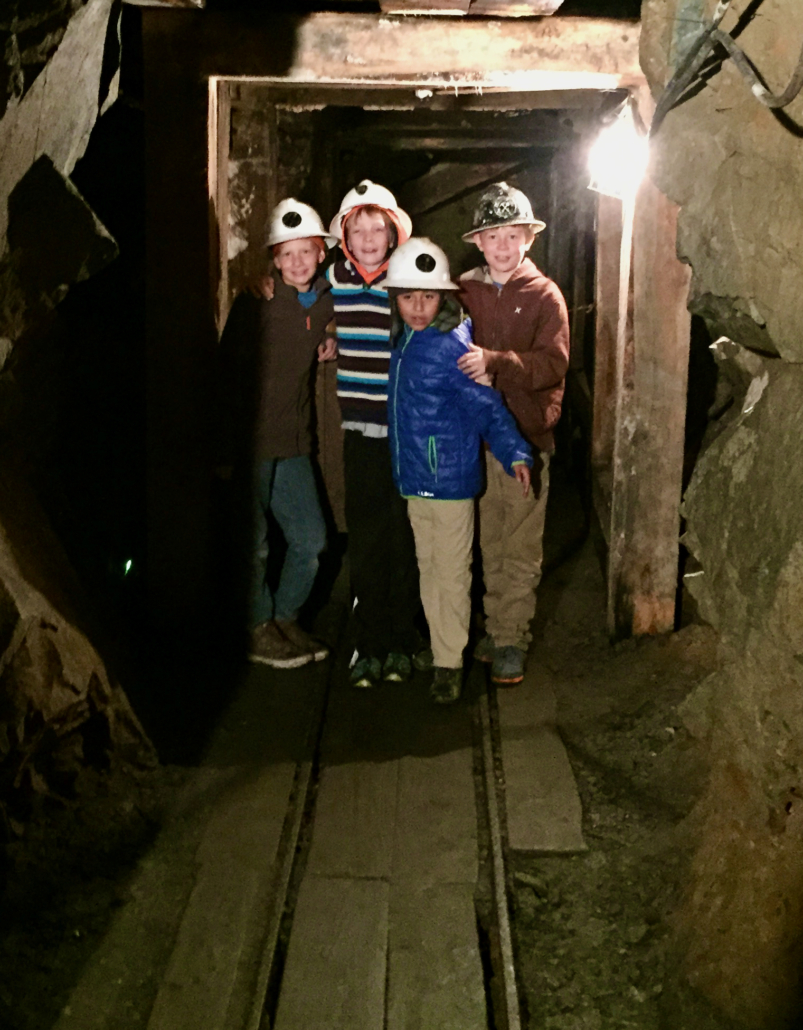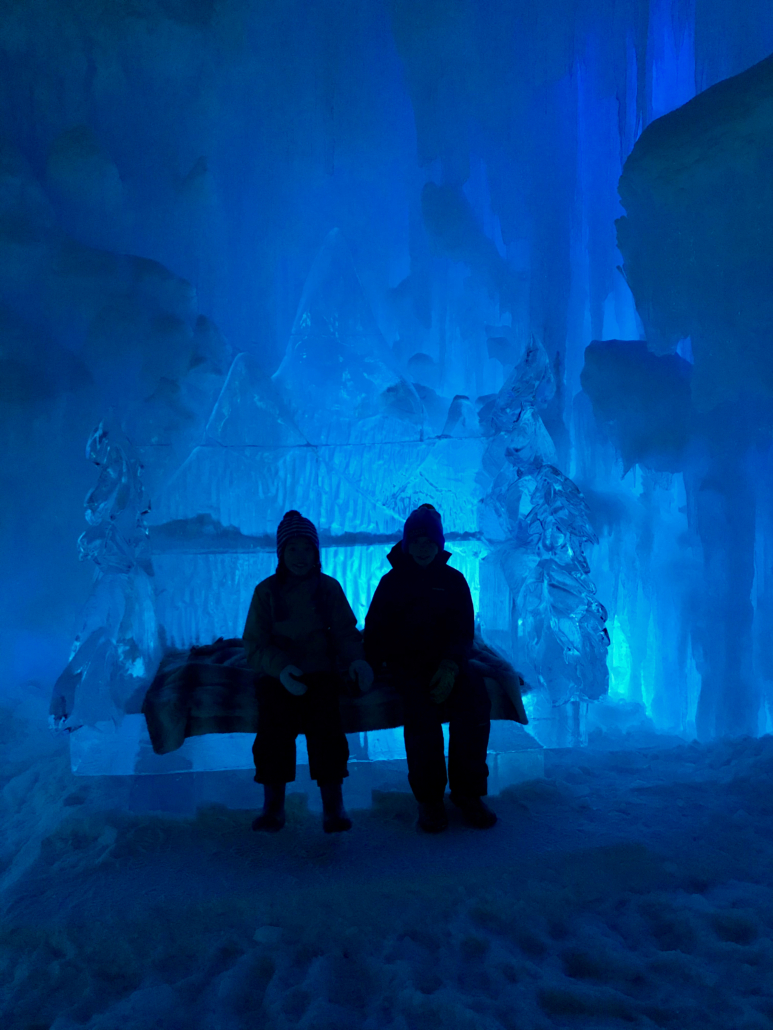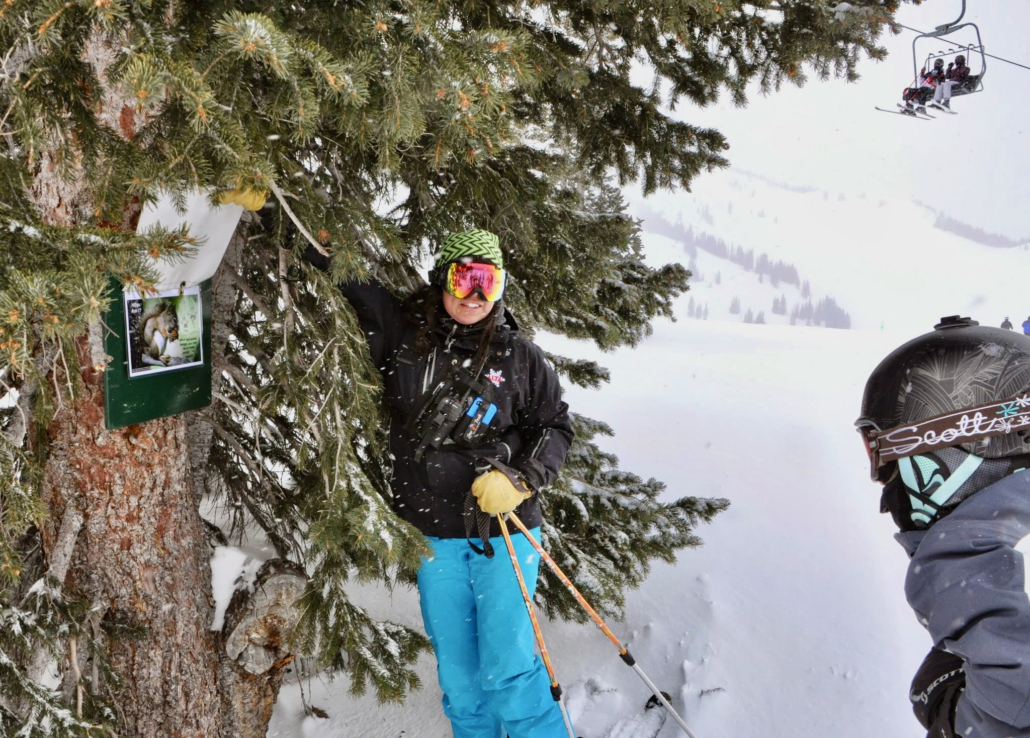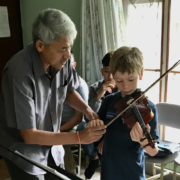Winter Worldschooling Wonderland
Every season offers a new basket of educational adventures for long-term travelers, and taking cues from nature can create organic learning in any kind of weather. This blog gives a shout-out to the joy of winter worldschooling and the coziness of shorter days. We celebrate all the learning that can happen in the wintertime, be it in the great outdoors, the quiet galleries of a local museum, snuggled up with your family in an A-frame lodge, or in community at one of the many winter worldschooler gatherings around the globe. We hope this starter list of worldschooling ideas has a little something for everyone and sparks your cold weather curiosity.
A Note on Preparing for Winter Travel
As parents, we know kids are happier when they are comfortable, and staying comfortable in cold weather takes a little extra care. Being warm is not just a matter of comfort, it is also often a matter of safety. We encourage you to think ahead and plan for your winter wardrobe, gear, transportation, accommodations, and experiences. You may encounter delays at airports or on trains or have to winterize your campervan sooner than expected. Especially if you are traveling at higher elevations, be ready for wind, snow, and a sudden drop in temperature.
As you get ready for the change of seasons, we encourage you to involve your kids in the planning and preparation. Who knew that just getting dressed on a snowy day could be a lesson in fabric technology and thermoregulation? Or that readying your rig can be a STEM lesson in fluid dynamics and systems design? Simply figuring things out as a family, with intention and time, helps transform a basic task into a rich educational adventure.
Winter Worldschooling Ideas
There are hundreds of winter activities that are inherently educational and fun. Depending on the age of your children, your manner of travel, and how much you like being exposed to the elements, you can find the right mix. Below is a starter list of wintertime experiential learning ideas categorized as 1) Outdoor Learning, 2) Indoor Adventure, 3) Worldschooling Communities, and 4) Theme-based Discovery.
Winter Outdoor Learning
A Wonder Year is a great time to improve your winter skills and sports. It’s also a great time to pursue new hobbies and ventures. So, bundle up and:
-
Enjoy an afternoon of sledding and building jumps. Take some time to dig into the snow, look at the layers, and see what types of snow crystals you can find.
-
Spend the day ice skating on a lake or pond. Learn to measure the depth of ice and check for safety or figure out what animals or organisms live in the chilly waters below. While you’re out there, try some ice fishing.
-
Check the weather forecast and learn about different types of winter storms. Here’s a great resource on winter weather from NOAA’s National Severe Storms Lab.
-
Check out a dog sledding adventure and learn commands like Hike! Gee! Haw!
-
Go on a winter horseback ride or a hot cocoa sleigh ride. What a special way to learn about a region!
-
Build an igloo and explore other forms of winter shelters – snow caves, quinzhees, snow trenches, and drift caves. How does an igloo stay warm? How does convection transfer heat? Do people actually live in snow shelters?
-
Take a winter first aid class. Learn about unique winter medical problems such as frostbite, hypothermia, and sprains from falling. Double-check your first aid kit to make sure you are prepared for all-season injuries.
-
Try winter tent camping. Check out this great advice from REI.
-
Learn how to build a fire in the snow. Snowshoe Magazine has this informative article on building a winter campfire.
-
Track animal prints in the snow. What can you deduce about animal behavior by looking at their tracks? This US Fish and Wildlife site helps piece together the clues.
-
Go birding. Often, without leaves on the trees, spotting birds is easier in the winter. Who doesn’t love hiking with binoculars? Maybe you can make bird feeders as the birds begin to return.
-
Take a tour of ice and snow sculptures. While we think of ice sculptures as contemporary decorative forms, there’s a great history lesson in learning about the earliest functional uses of ice and snow sculpture.
-
Visit local hot springs. Can you explain what makes hot springs hot? What is geothermal heat?
-
Tap a maple tree and make syrup. What are the laws around tapping maple trees on public land? What is foraging and who is allowed to forage wild foods on public lands? Here is some information from USDA on foraging and harvesting indigenous and wild plants.
-
Take a snowshoeing adventure. For the super industrious, you can try to make snowshoes and then go for a hike! Here are 10 tips from Snowshoe Magazine for making snowshoeing great fun with kids.
-
Hike in the daytime or nighttime. Maybe add some spikes!
-
Try Nordic Skiing! A great way to begin is on waxless cross-country skis. If you are new to the sport, a family lesson is well worth the cost. In just an hour or so, you’ll be kicking and gliding down a snowy trail together.
Winter Indoor Learning
With shorter days and inclement weather, winter is also an excellent time for indoor field trips and seasonal discoveries. And because traditional school is in session, many museums and indoor venues will be less crowded and may offer discounted entrance fees. Be sure to check the hours of operation and then go wild with these indoor adventures:
-
Visit a children’s museum, natural history museum, discovery center, planetarium, or science center. Look for hands-on activities to deepen the learning.
-
Check the event schedule at local bookstores and libraries and take a morning to browse, read, slow down, and maybe catch a special event.
-
Arrange a tour of public places like the local post office, fire department, television or radio station. Public television and radio stations support public access and welcome visitors. Call ahead and ask for the promotions manager to arrange a visit.
-
Take an art class, a cooking class, or visit a makerspace. Here’s a makerspace directory to help you find places to learn, discover, and create near you!
-
Learn about governmental and nonprofit organizations in your current location. You can visit the county courthouse, city hall, board of education, or historical society. There are often great exhibits and displays that are self-guided. With some advanced planning, you can also arrange to meet with an elected official.
-
Visit an animal shelter and take a pup out for a walk. The Humane Society has chapters around the world, so that might be a great place to look for a meaningful outing or a volunteer opportunity.
-
Find a yarn shop, pick out some beautiful yarn, and learn to knit. Maybe teddy bear gets a scarf first.
-
Visit grocery stores and local markets to talk about where winter food comes from. What is local? What travels internationally? What is canned or frozen?
-
Bake together. If you have access to an oven, winter is a great time to improve your baking skills. What do the locals bake? Where can you get ingredients? How about creating a metric conversion chart? Maybe you can do a little math and double the recipe then share your yummy baked goods with a neighbor or new friends?
Worldschooling Communities
Many families are excited to find community on the road, and good news: there is a growing number of worldschooling and digital nomad pop-ups and hubs around the world. These are communities where traveling families connect, learn, and explore together. You can look on worldschooling Facebook pages such as Worldschoolers, Worldschooling Central, and many others to learn about winter worldschooling gatherings.
One worldschooling hub is in Bansko, Bulgaria. Initiated in 2016 by a German entrepreneur, this gem of a city is beautifully situated at the base of the Pirin National Park and is the largest ski resort in the Balkans. “Work anywhere families” are discovering Bansko’s magic in all four seasons. There are co-working spaces, language schools, and innovative education ideas that co-evolve with the residents. Check out the Bankso Worldschooling Facebook page. Wintertime is special in Bansko for the international vibe, reasonably priced accommodations, and easy access to fantastic skiing. The annual Bansko Nomad Fest is happening in June 2024 for anyone interested in checking out this region.
Theme-based Winter Discovery
Another way to enrich your family’s winter learning is to pick a theme and create a learning module around it. Here are a few examples.
Say you want to explore various aspects of the Winter Solstice. You could:
-
Discover how the Winter Solstice is celebrated in different cultures in both hemispheres.
-
Read The Shortest Day written by Susan Cooper, illustrated by Carson Ellis. According to the author, this book is a family celebration of the light coming back after the dark threatens to take over the world. Here’s a special Picture This segment from NPR about The Shortest Day.
-
Create a solstice lesson on shadows and length. Here’s an excellent resource from NASA’s Earth Observatory for Kids: All About that Tilt, Sun and Seasons.
-
Plan a Winter Solstice activity like making a snowman or baking a solstice sun bread.
Maybe winter animals could inform your family’s winter discovery. You might:
-
Check out any number of documentaries about amazing animals that live in the cold weather, such as BBC’s Snow Animals series available on Amazon or the animated series Animals in Winter available for free on PBS.
-
Learn some key terms such as endemic, indigenous, hibernation, cold-blooded, warm-blooded, migration, toleration, adaptation, subnivean, snag.
-
Go on a ranger-led snowshoe hike to learn about winter animal behavior and try to find some tracks.
-
Take a winter photo workshop/safari.
Another possible theme is winter food and nutrition exploration. You could:
-
Explore local winter food traditions wherever you are.
-
Study how your winter nutritional needs are different from summer nutritional needs.
-
Learn how indigenous people survive the winter months. What methods do they use to preserve food, such as canning, preserving, and smoking? Here’s one example about the Susquehannock people of New York’s Finger Lakes region.
-
Visit a local farmer and find out what they do in the winter.
-
Take a cooking class.
-
Learn to make jam or bake scones.
You could also choose a winter literary classic and build an experiential module around the themes of the book. Here are some ideas to get you started: Over and Under the Snow by Kate Messner, Red Sled by Lita Judge, and The Snowy Day by Ezra Jack Keats. For older readers, check out Tracker by Gary Paulson, The Long Winter by Laura Ingalls Wilder, and Jack London’s Call of the Wild.
A Personal Note from Julie:
My family chose skiing as our winter theme. As Coloradans, we look forward to winter every year. We have family traditions around the coming of winter – attending the local ski swap and going to the screening of the Warren Miller ski movie at the Boulder Theater.
As a youngster, my son was an alpine ski racer. He loved winter in the mountains so much that when he was seven he changed his middle name to “Snow.” It was only natural that when we took off for our Wonder Year a year later, we’d take a deep dive into winter worldschooling. We spent a full month in the Wasatch Mountains of Utah studying snow science, the snow sports industry, ski area sustainability, product design, and avalanche rescue. Most ski resorts in the area had a sustainability officer or Green Team who was willing to meet with us about their environmental management practices, such as recycling, composting, water and energy conservation, and wildlife protection. Mountain operations taught us about the technical side of snowmaking, and explained water supply and the strategies lift operations uses to conserve energy. The more we began to appreciate all that goes on at a ski area, the more questions we had. We learned about base area design, special use permitting, forest management, and guest relations. One area that was really exciting for us to learn about was Ski Patrol. The patrollers were so open and friendly. Johnny was particularly interested in their work with avalanche forecasting and controlling. We learned how avalanche rescue dogs are incorporated into the safety operation. (And, can I add, they are so cute!) We also toured a local ski company with zero waste operations and learned about their manufacturing processes using bamboo as an innovative material for skis.
During our winter worldschooling, we followed our passion and created a rich educational adventure at the same time. Here are a couple of tips for families who share a love of skiing:
Pro tip #1: At some resorts, kids who are good skiers can volunteer to help “sweep” the mountain at the end of the day. This includes skiing slowly down a slope, going to the sides, and looking around to make sure there are no stranded skiers in need of assistance.
Pro tip #2: Downhill skiing can be expensive, but there are ways to make it more affordable. The industry today has mountain consortia, or groups of resorts that go in together. Skiers with these passes, such as the Epic, Ikon, or Mountain Collective, offer access to multiple resorts in the US, Europe, Japan, Chili, Argentina, Australia, and others. More locations are added each year so If you are a family that loves skiing, it might be worth taking a look at these pass options.
As long-term family travelers, we have time. So, follow your bliss. Go deeper. Unpack learning opportunities when you are doing ordinary and extraordinary things. Back home, unless it’s a “snow day,” many kids only get to spend 20 minutes outside during recess in the winter. On the road, we get a recess from that predictable routine. Traveling prompts us to notice, observe, and wonder about educational adventures buried in snow or illuminated by ice. We wish you a winter wonderland filled with fresh powder and mountains of discovery.

